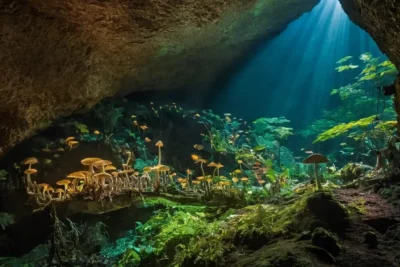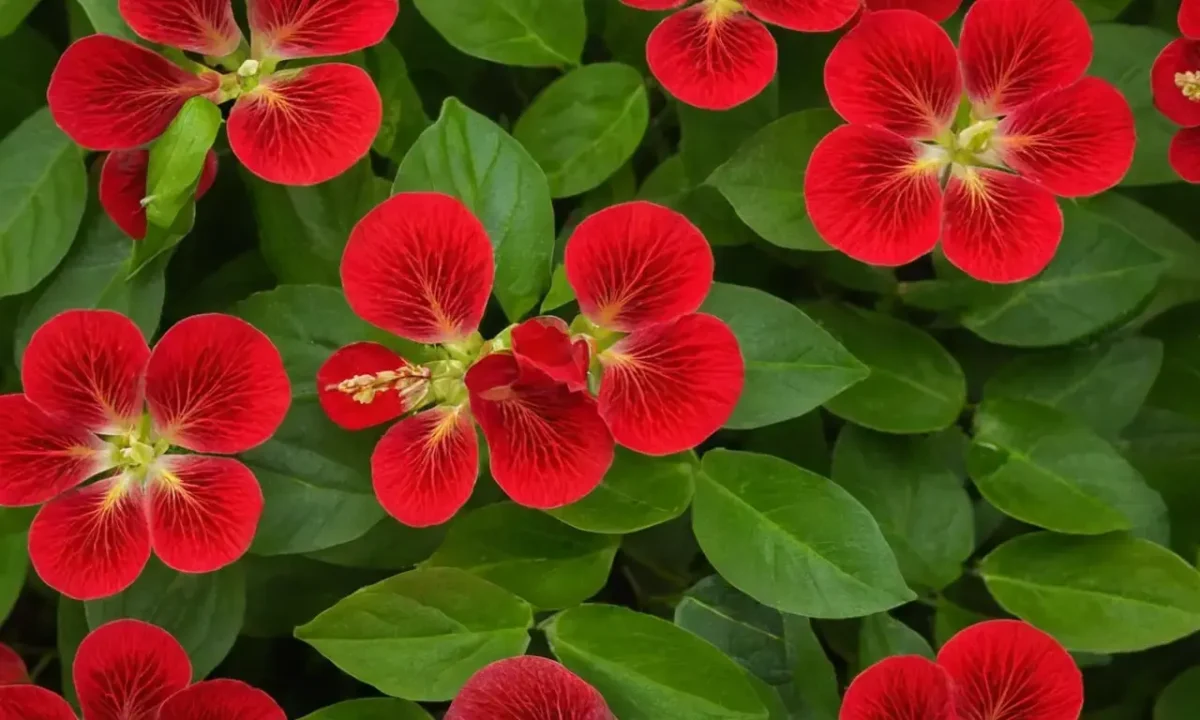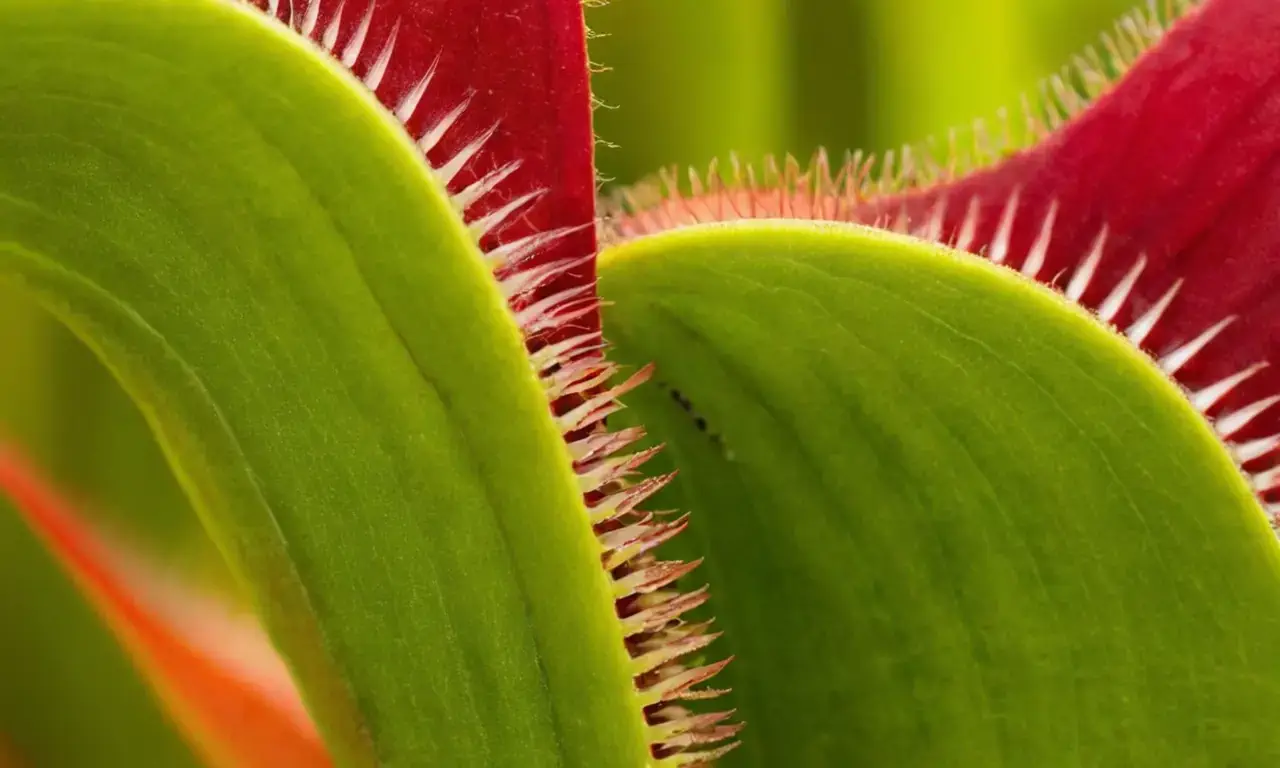
Venus Flytraps: Nature's Carnivorous Trap Masters

Venus flytraps are captivating carnivorous plants that have evolved unique mechanisms to attract insects, capture them within their specialized leaves, and digest their prey. These traps utilize a combination of mechanical and chemical processes, showcasing the remarkable adaptations found in the natural world. This article delves into the fascinating biology of Venus flytraps, exploring how they attract insects, trap them effectively, and process their captured prey. We'll examine the plant's anatomy, the role of trigger hairs, the digestive process, and the environmental factors that influence these remarkable adaptations.
The primary objective of this article is to provide a comprehensive understanding of how Venus flytraps work. By exploring each step in detail, we aim to shed light on the intricate processes involved in their carnivorous lifestyle. This information not only enhances appreciation for these unique plants but also provides insights into the fascinating world of plant adaptations and ecological interactions.
Carnivorous Plant Characteristics
Carnivorous plants are a diverse group of species that have evolved the ability to supplement their nutrient intake by trapping and digesting insects or other small animals. These plants often grow in nutrient-poor environments, such as bogs or acidic soils, where they struggle to obtain essential nutrients like nitrogen and phosphorus from the soil. To overcome this limitation, carnivorous plants have developed specialized traps that capture prey effectively.
Venus flytraps are a prime example of this adaptation. Their iconic leaves form intricate traps that can snap shut with remarkable speed when an insect brushes against their trigger hairs. This ability to capture and digest insects allows Venus flytraps to thrive in environments where other plant species struggle to survive. The unique adaptations of these plants highlight the incredible diversity and ingenuity found within the natural world.
Venus Flytrap Anatomy and Adaptations
Venus flytraps belong to the genus Dionaea and are native to coastal regions of North Carolina, USA. These plants have a distinctive appearance with their iconic leaves that form the trap. The leaves themselves are compound, meaning they consist of multiple leaflets arranged along a central stem. Each leaflet is covered in specialized hairs called trigger hairs, which play a crucial role in trapping insects.
The Venus flytrap's anatomy is perfectly adapted for capturing prey. The leaf surface features numerous trigger hairs that are sensitive to touch. When an insect brushes against these hairs, it triggers a rapid closure of the trap. This mechanism ensures that only insects come into contact with the plant's digestive juices. The trap itself consists of two lobes that fold inwards when triggered, forming a tight enclosure around the trapped prey.
Beyond the leaf structure, Venus flytraps have developed other adaptations to enhance their trapping abilities. These include specialized glands that secrete enzymes and acids, which break down the insect's tissues once it is trapped within the trap. This process ensures efficient digestion of the captured prey, allowing the plant to obtain essential nutrients from its environment.
Insect Attraction and Trap Mechanism
Venus flytraps attract insects through a combination of visual cues and scent signals. The leaves themselves are often brightly colored, attracting attention from passing insects. Additionally, Venus flytraps release volatile organic compounds that can be detected by certain insect species. These chemicals act as an olfactory lure, drawing insects towards the plant's traps.
The trap mechanism itself is a marvel of biological engineering. When an insect lands on the leaf surface, its weight triggers the sensitive trigger hairs. This action sends signals to the plant's cells, initiating a rapid closure of the trap. The process involves changes in water pressure within the cells of the leaf, causing the lobes to fold inwards and form a tight seal around the trapped prey.
The speed at which the trap closes is remarkable, often occurring within milliseconds after an insect lands on the leaf. This rapid response ensures that insects are quickly captured before they can escape. Once trapped, the insect's body fluids are exposed to digestive enzymes secreted by the plant's glands. These enzymes break down the insect's tissues, allowing the plant to extract nutrients from its prey.
The Role of Trigger Hairs

Trigger hairs play a crucial role in the Venus flytrap's trapping mechanism. These tiny hairs are located on the leaf surface and are highly sensitive to touch. When an insect brushes against these hairs, it triggers a cascade of events that ultimately leads to the trap closing.
The trigger hairs are specifically designed to detect even the slightest touch from insects. This sensitivity ensures that only prey is captured, minimizing damage to the plant itself. The hairs also play a role in attracting insects towards the trap, as their movement can create vibrations that attract unsuspecting prey.
Digestive Processes and Prey Selection
Once an insect is trapped within the Venus flytrap's leaf, the digestive process begins. The plant distinguishes between edible insects and non-edible debris, ensuring only prey is consumed. This selectivity allows the plant to maximize its nutrient intake while minimizing energy expenditure on digesting unnecessary materials.
The digestive juices secreted by the plant's glands are highly acidic, breaking down the insect's tissues efficiently. These enzymes work in concert with water to dissolve the insect's body fluids and facilitate nutrient absorption. The process of digestion can take several days, depending on the size of the prey and environmental conditions.
Energy Efficiency in Trapping Insects
Venus flytraps exhibit remarkable energy efficiency in their trapping mechanism. By passively waiting for insects to land on their leaves, they minimize the time and energy required to capture prey. This strategy allows them to conserve resources while maximizing their chances of capturing a meal.
The Venus flytrap's ability to efficiently trap insects highlights its adaptation to challenging environments where nutrients are scarce. By relying on passive trapping mechanisms, these plants can thrive in areas where other plant species struggle to survive. Their unique adaptations showcase the incredible diversity and ingenuity found within the natural world.
Environmental Factors Affecting Traps
Several environmental factors can influence the effectiveness of Venus flytrap traps. Temperature, humidity, and rainfall levels all play a role in determining the plant's growth rate and trap efficiency. For example, dry conditions can reduce the number of insects attracted to the traps, while high temperatures may increase the speed at which the traps close.
Additionally, the presence of predators or competitors can affect the Venus flytrap's ability to thrive. Herbivores that feed on the plant itself or other carnivorous plants can impact its overall health and trap efficiency. Understanding these environmental factors is crucial for maintaining healthy populations of Venus flytraps in their natural habitats.
Conservation Efforts for Venus Flytraps
Venus flytraps are a species of conservation concern, facing threats from habitat loss and climate change. Their unique adaptations make them vulnerable to changes in their environment. Habitat fragmentation due to human development can isolate populations, reducing genetic diversity and increasing the risk of extinction.
Conservation efforts focus on protecting existing habitats and restoring degraded areas. Citizen science programs allow volunteers to monitor trap activity and contribute valuable data for researchers studying these fascinating plants. Additionally, captive breeding programs help ensure the long-term survival of this iconic species.
Leave a Reply





Related Links